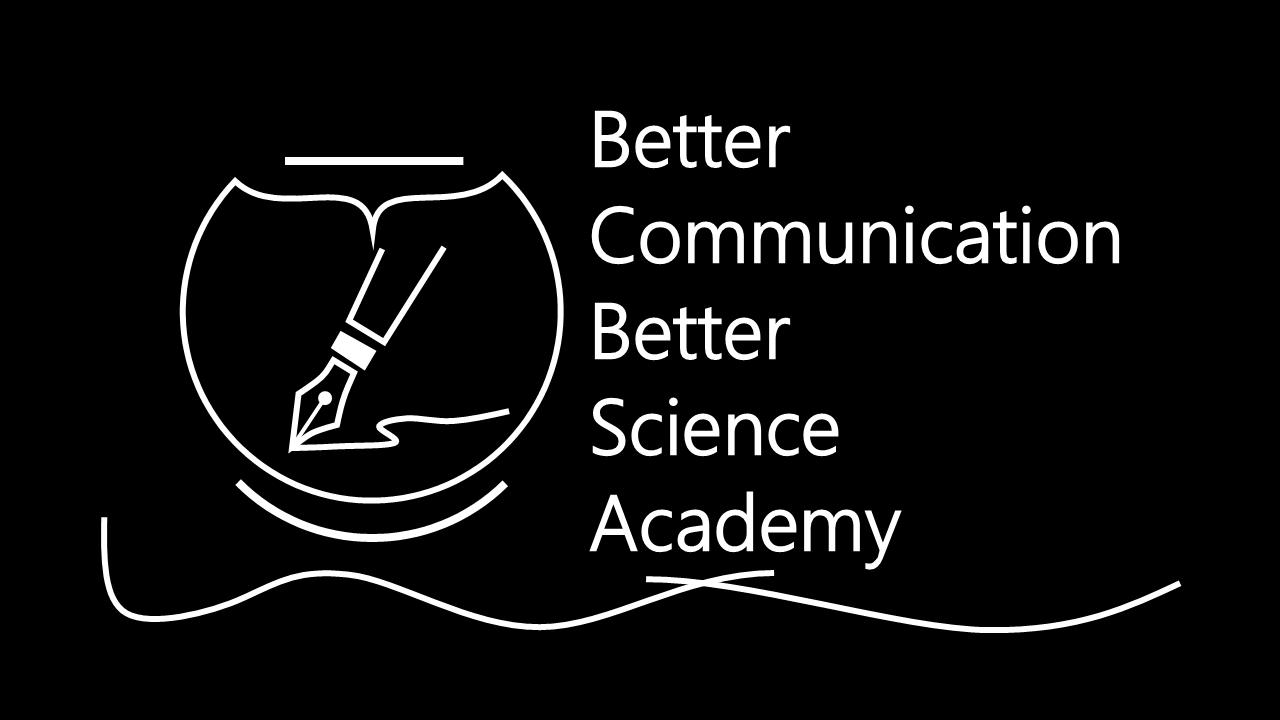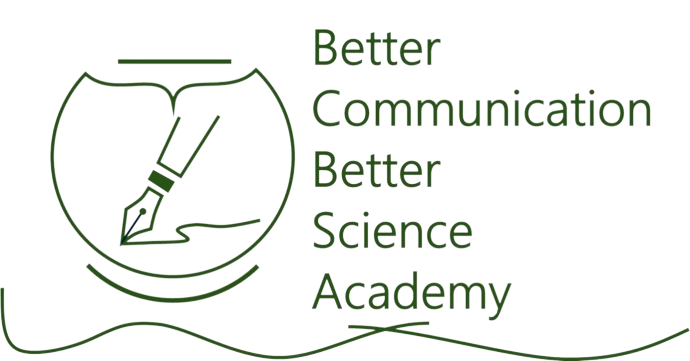 BCBSAcademy
BCBSAcademy
Available courses
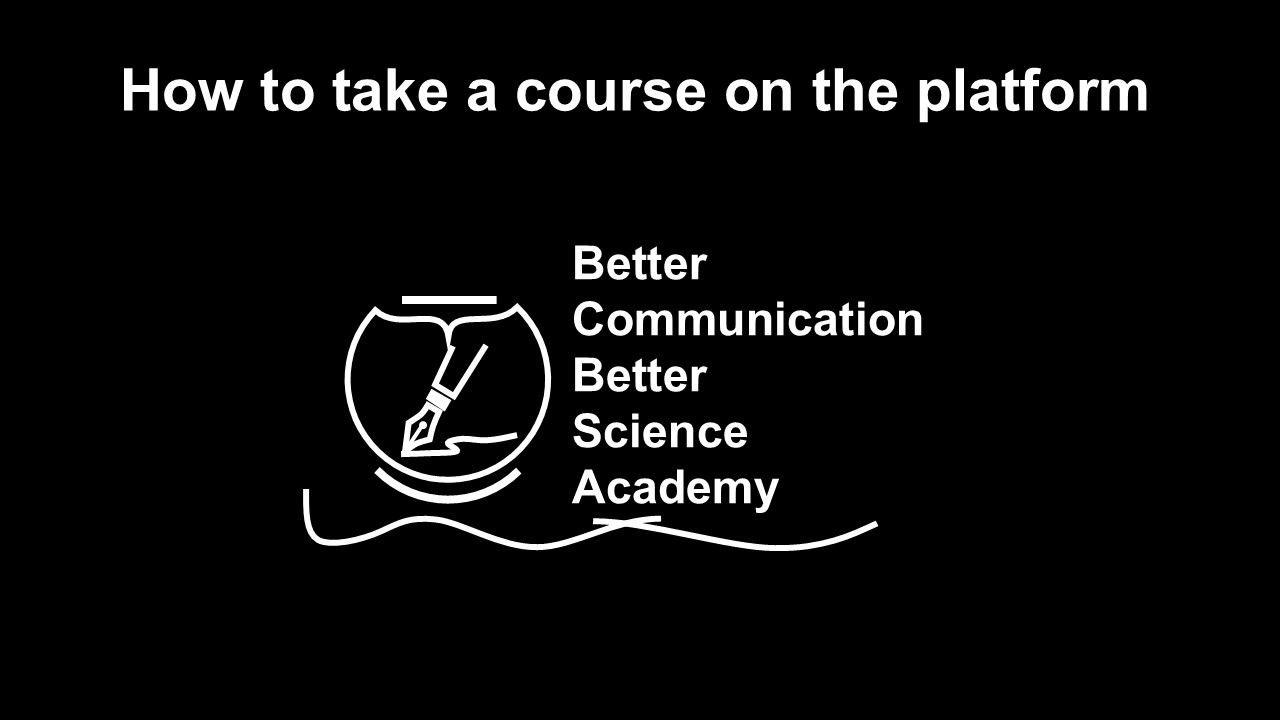
How to take a course on the platform
To take a course, click on the course and then the "log in to site" option immediately after the course price. Log in with your user name and password if you are a returning user. Pay and then take the course. If you are new user, click on the "create new account" option, fill in your details, accept the policy agreement and then click on "create my new account". (Note that you can create an account with BCBSAcademy using only a Google, Yahoo or Hotmail email.) A confirmation email will be sent to the email address you have provided. Log in to the email account and click on the confirmation link provided (inbox or spam folder) and you will be redirected back to the site for payment. Make the required payment and take the course you have paid for.
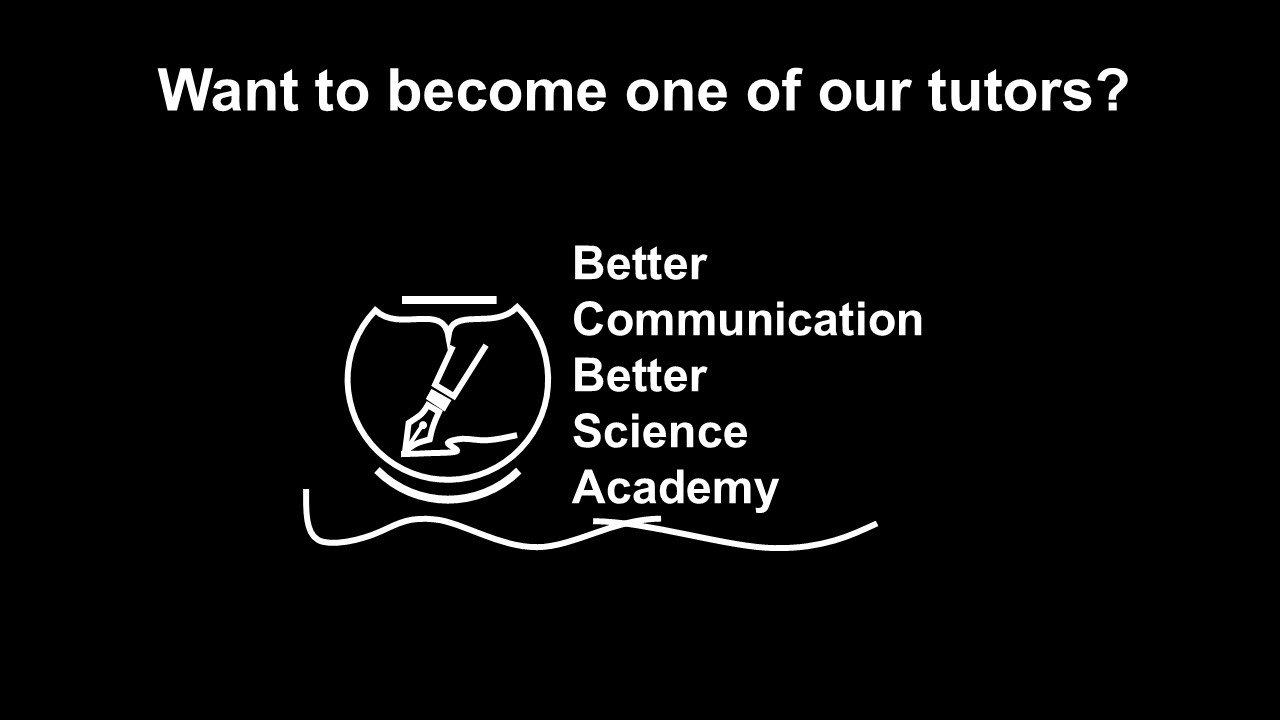
Want to become one of our tutors?
Send us a quick email via info@bcbsacademy.com or complete the equiry form
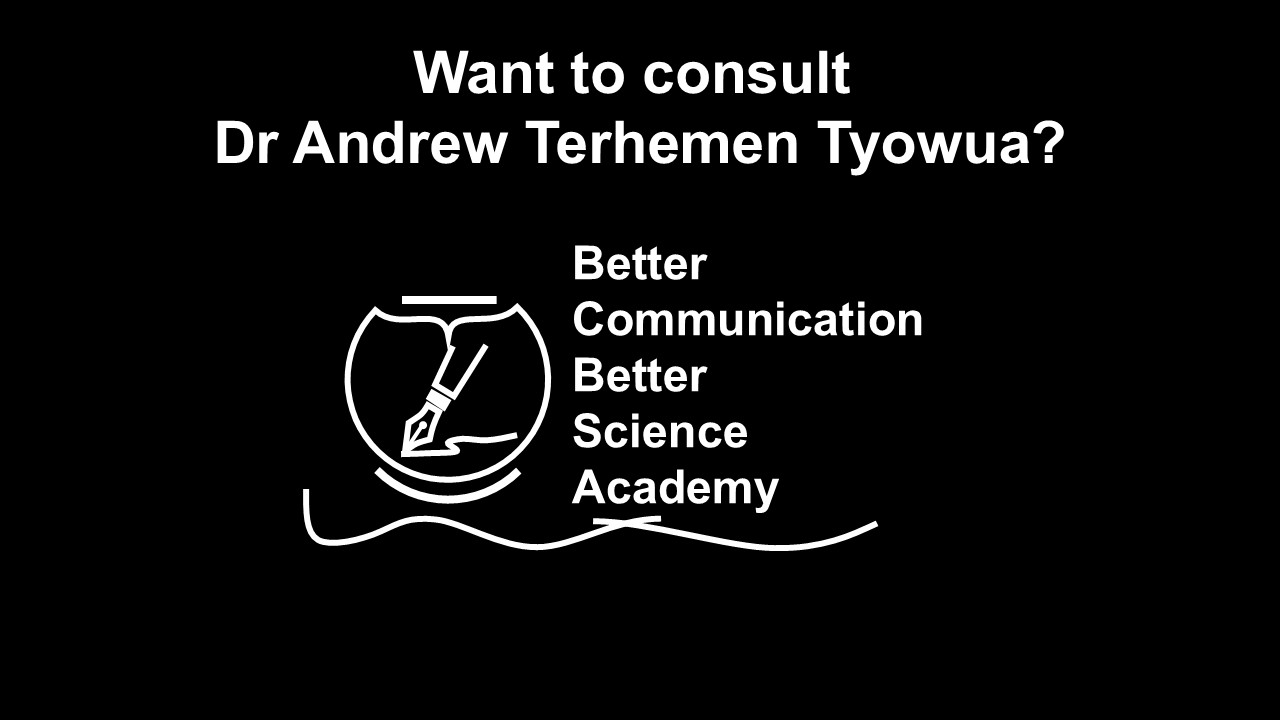
Want to consult Dr Andrew Terhemen Tyowua?
Cost per hour: $3.50 (individual); $35.50 (Industries, institutions and organizations)
Please register, pay, log in and complete the form to consult Dr Andrew Terhemen Tyowua for advice on academic career and postdoctoral positions or research fellowships as well as for support with scientific illustrations (e.g., drawing sketches), scientific communication (e.g., grant proposal, dissertation, thesis and research paper writings), industrial solutions related to formulation science, particularly colloids and hydrocolloids and online educational solutions. Upon submission of the form, you will be contacted within 24 h by email or WhatsApp to arrange a suitable consultation time.
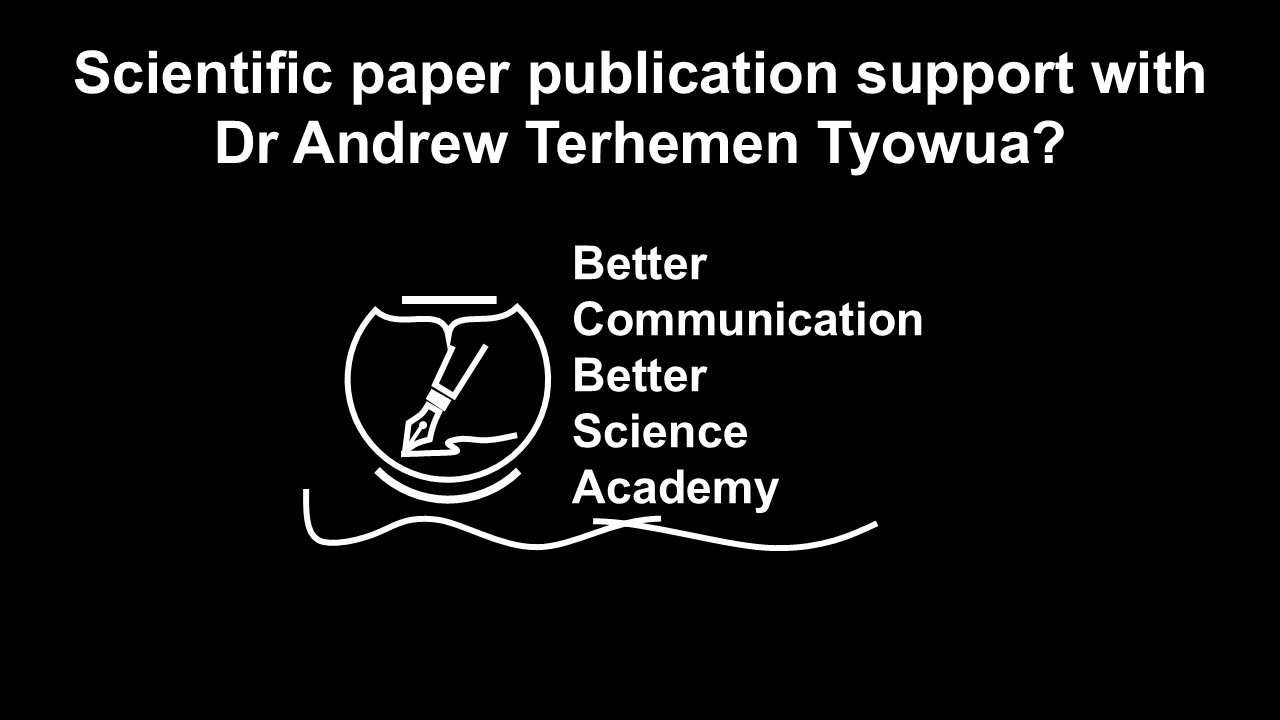
Scientific paper publication support
Cost: $135
Please register, pay, log in and complete the form to request scientific paper publication support with Dr Andrew Terhemen Tyowua. This support covers Dr Tyowua's professional guide on scientific illustrations, sketches, graphs, and responses to reviewers comments, but he will NOT write the paper for you. Upon submission of the form, he will contact you within 24 h by email or WhatsApp to arrange four sessions of 3 hours (virtually) to resolve all your issues.
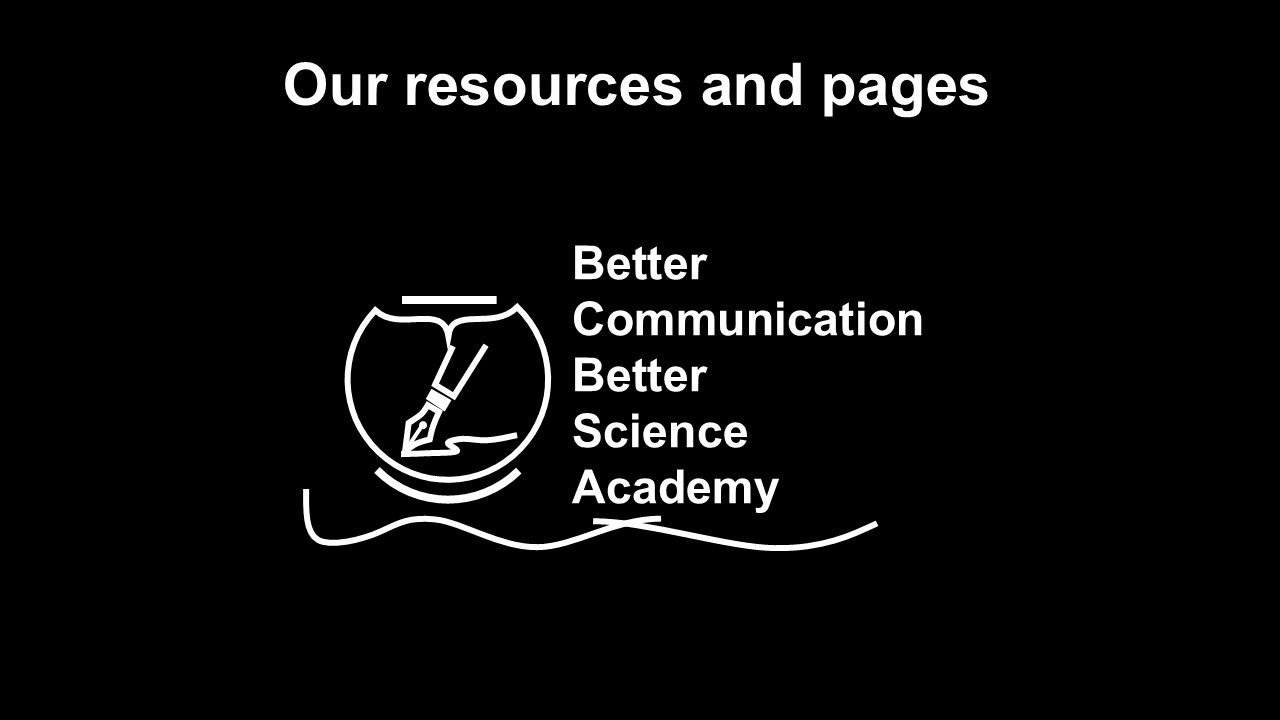
Our resources and pages
This file contains links to our pages and resources – it does not contain a course. Thank you!

Honey: Food and drug
Course cost: $6.99Course duration: 1h: 4 min
Course description
Are you involved with natural honey in any way -- production, selling, research, etc., and want to learn more about natural honey? Or you want to explore potential commercial opportunities with natural honey? Irrespective of your interest, this course will be of immense benefits.
The course covers a general overview of natural honey, the uses of honey as food and drug, current research frontiers involving natural honey, and potential opportunities to get involved with natural honey.
Upon completion of the course, you will be able to classify natural honey and name its broad chemical composition, list at least four (4) food applications of natural honey, list at least six (6) medicinal applications of natural honey, name at least three (3) frontier researches involving natural honey and identify at least one commercial opportunity involving natural honey.
The course is designed for anyone interested in natural honey.
Course access: 21 days
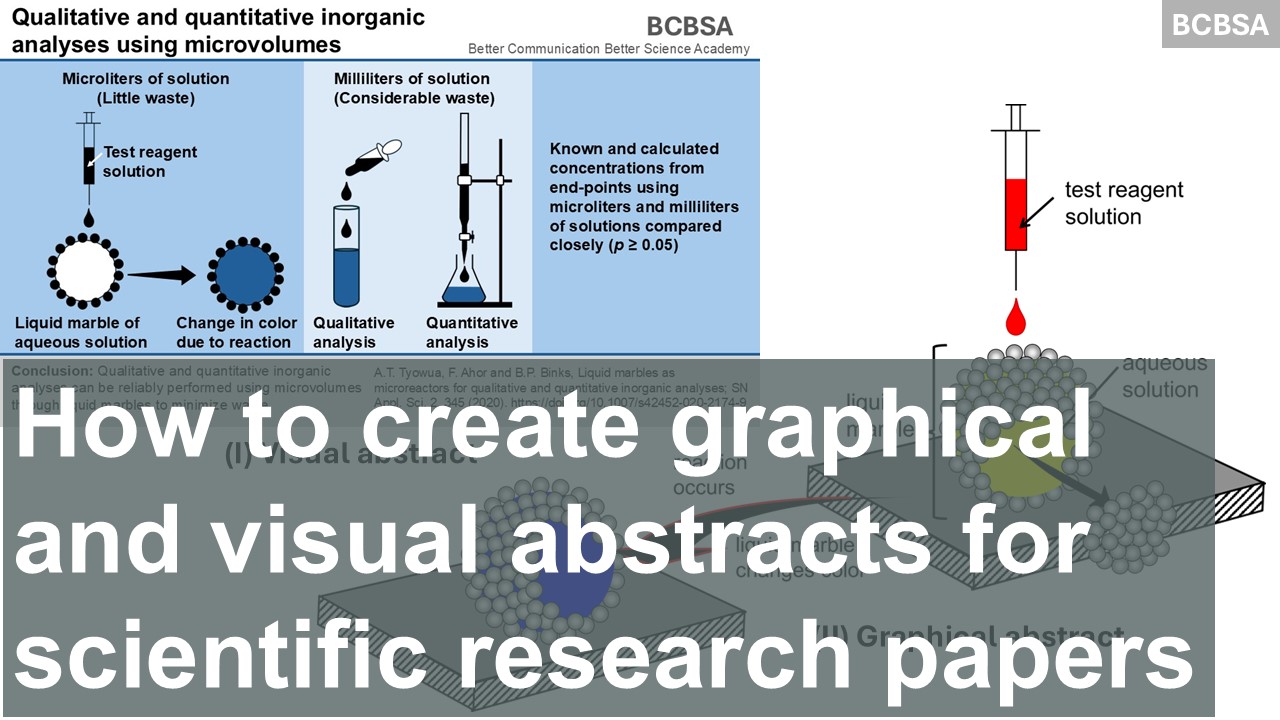
How to create graphical and visual abstracts for scientific research papers
Course cost: $11.77
Course duration: 1h: 20 min
Course description
Many scientific journals now require authors to provide a visual summary of submitted papers in the form of graphical or visual abstracts. However, creating graphical and visual abstracts can be challenging, especially for those who are new to the world of scientific publishing. This course is designed to address the challenges authors encounter when creating graphical and visual abstracts.
The course will cover two broad learning objectives: types of graphical abstracts and how to create graphical and visual abstracts. Specifically, the course will cover what graphical and visual abstracts are, uses of graphical and visual abstracts, types of graphical abstracts, desirable qualities of graphical and visual abstracts, and guidelines for creating graphical and visual abstracts. The course ends with a demonstration of how to create graphical and visual abstracts. You will be able to download a certificate for this course after successful completion and earning the required points from the accompanied mandatory activity. From the foregoing, after completion of the course, the successful learner will be able to differentiate between graphical and visual abstracts, differentiate between various types of graphical abstracts, and create effective graphical and visual abstracts.
This course will be of benefit to postgraduate students, postdocs, and early-career researchers in physical sciences, engineering, biomedical sciences, and other related fields.
The course is composed of a video, reading materials and a quiz in the form of a mandatory activity.
Course access: 21 days
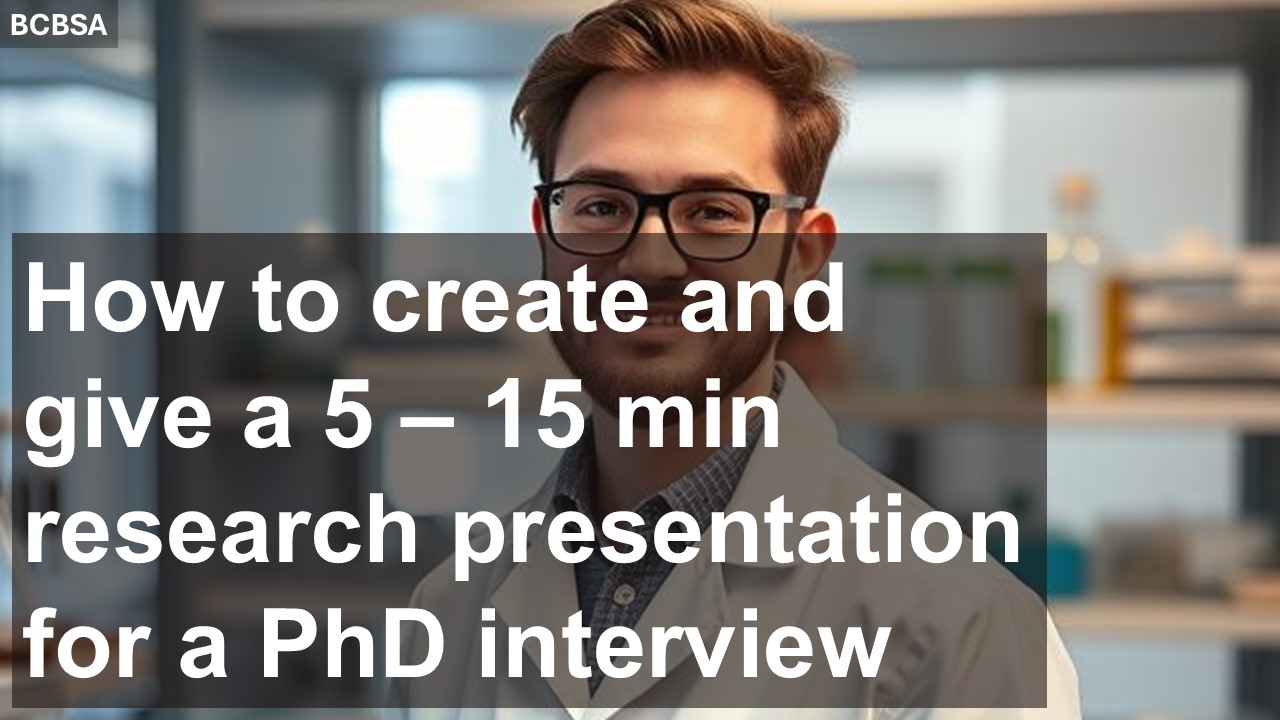
How to create and give a 5 – 15 min research presentation for a PhD interview
Course cost: $20.65
Course duration: 51 min
Course description
Have you been invited for a PhD interview in physical sciences, engineering, biomedical sciences or other related areas and told to prepare and give a 5-15 min presentation about your previous research? This course is for you if this is your current circumstance or you are expecting an invitation for such an interview soon.
The learning objectives of the course are the following: craft a compelling presentation, present effectively and answer questions confidently. Specifically, the course will cover the essence of the presentation, planning and designing, creating, presenting and answering questions. Finally, there will be an exemplary presentation.
Therefore, after the course, the successful learner will be able to craft a more competitive research
presentation for a PhD interview, give a stronger research
presentation for a PhD interview, and answer questions more confidently
following their research presentation for a PhD interview. Consequently, their chances of getting the position will increase.
Course access: 21 days
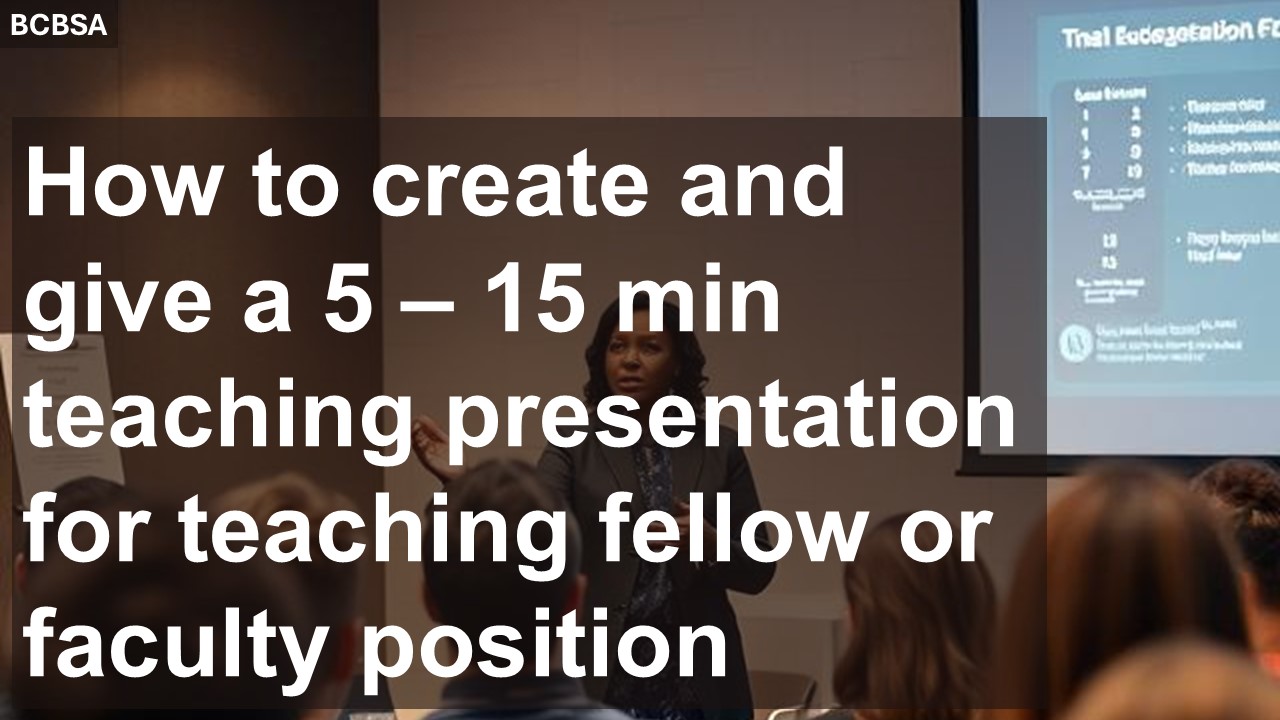
How to create and give a 5 – 15 min teaching presentation for teaching fellow or faculty position
Course cost: $29.99
Course duration: 52 min
Course description
For many universities, you definitely need to give a teaching presentation or demonstration for a teaching fellow or faculty position interview. Congratulations if you have been invited for one! This course is designed to guide candidates preparing to give this kind of presentation with an aim of improving their chances of success.
The overarching learning objectives are the following: craft an appropriate presentation and give the presentation effectively. Therefore, upon completing the course, the successful learner will be able to create a teaching presentation that will meet the panel’s expectations and give the presentation in a way that maximizes their chances of getting hired. The course covers the essence of the presentation, how to address the essence of the presentation, creating and giving the presentation. The course ends with an exemplary presentation.
Although the course is designed for science-based (i.e. physical sciences, engineering, biomedical sciences, etc.) teaching, those from other areas can use the knowledge gained to create slides in their own fields.
Course access: 21 days
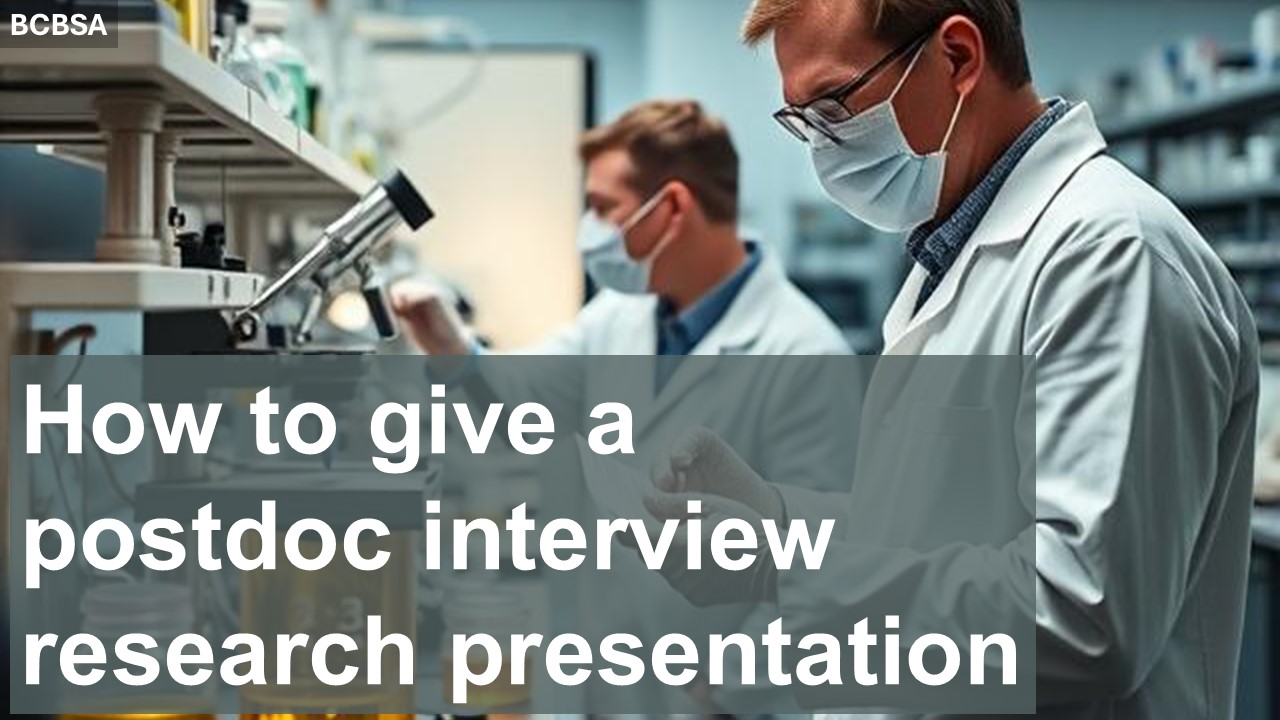
How to give a postdoc interview research presentation
Course cost: $29.99
Course duration: 1h: 17 min
Course description
Postdoc positions are incredible opportunities through which doctoral graduates gain additional research skills, expand their research horizon and develop into independent researchers and sometimes faculties. Postdoc positions are highly competitive because there are more doctoral graduates than available opportunities. Postdoc interviews are rigorous and the candidates are expected to give a presentation on their previous research and answer follow-up questions satisfactorily to be successful. Preparing to give a research presentation at a postdoc interview can be daunting. This course will take you through the nitty-gritty of preparing and giving a high-level research presentation; thus, increasing your chances of success and getting hired.
In this course you will learn skill-sets expected of doctoral graduates, the qualities principal investigators are looking for in prospective postdocs and how these qualities are inferred from the research presentation. The course begins with the Bloom's taxonomy, followed by the essence of a PhD training, the qualities principal investigators are looking for and ends with an exemplary research presentation of a successful postdoc candidate in chemical engineering. Candidates from different backgrounds can follow the presentation style for postdoc research presentations in their specific areas.
Course access: 21 days
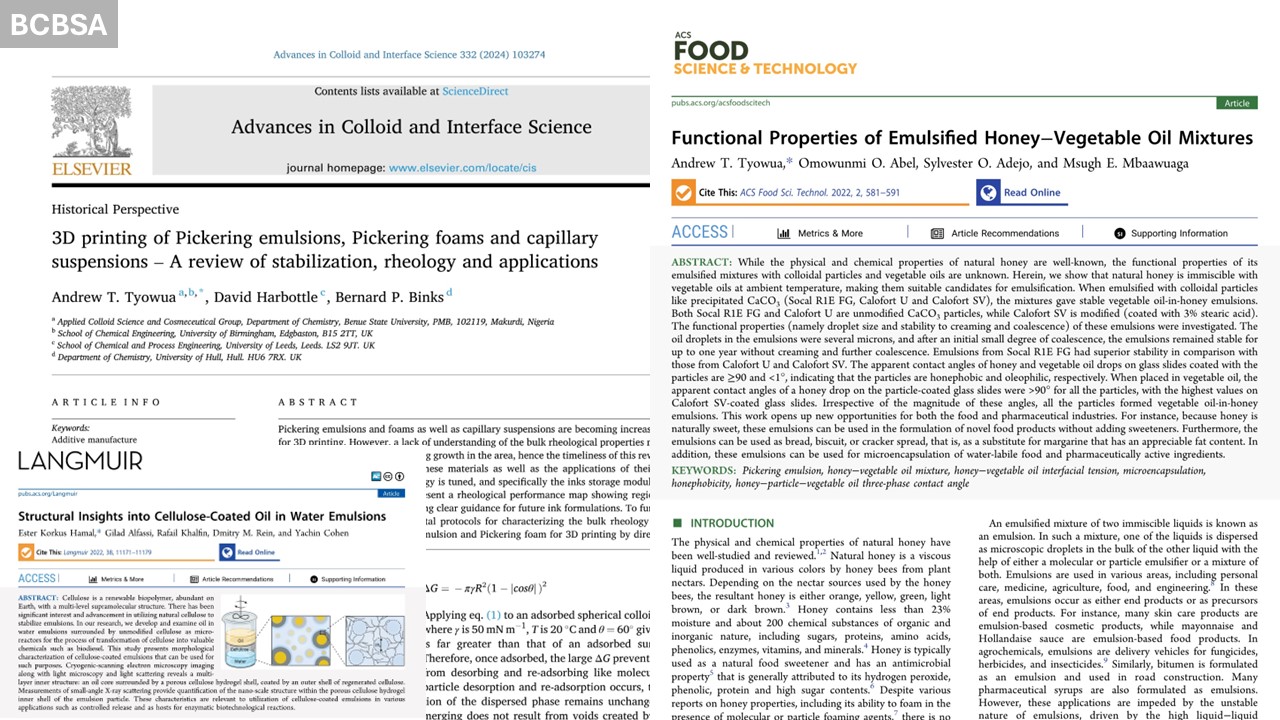
Reading textual abstracts of scientific research papers efficiently and effectively without AI tools
Course cost: $8.65
Course duration: 41 min
Course description
A textual abstract of a scientific paper provides a concise summary of the paper. At scientific conferences, oral and poster presentations are often summarized in the form of textual abstracts for participants. Therefore, it is imperative to learn how to read textual abstracts effectively and efficiently without the aid of AI tools. This will enable you to quickly decide the talks to attend and the posters to visit. Once this skill is learnt, it can be applied to reading posters at scientific conferences where it might not be possible to use AI tools.
The course is designed to equip learners with the skills to read textual abstracts efficiently, effectively and critically. In a nut shell, the course covers the purpose of a textual abstract, parts of a textual abstract,
types of textual abstracts and techniques for reading a textual abstract. Candidates pursuing postgraduate degrees in sciences, engineering, biomedical sciences and other related fields will find this course invaluable. The course will also be beneficial to early career researchers working these fields.
Course access: 21 days
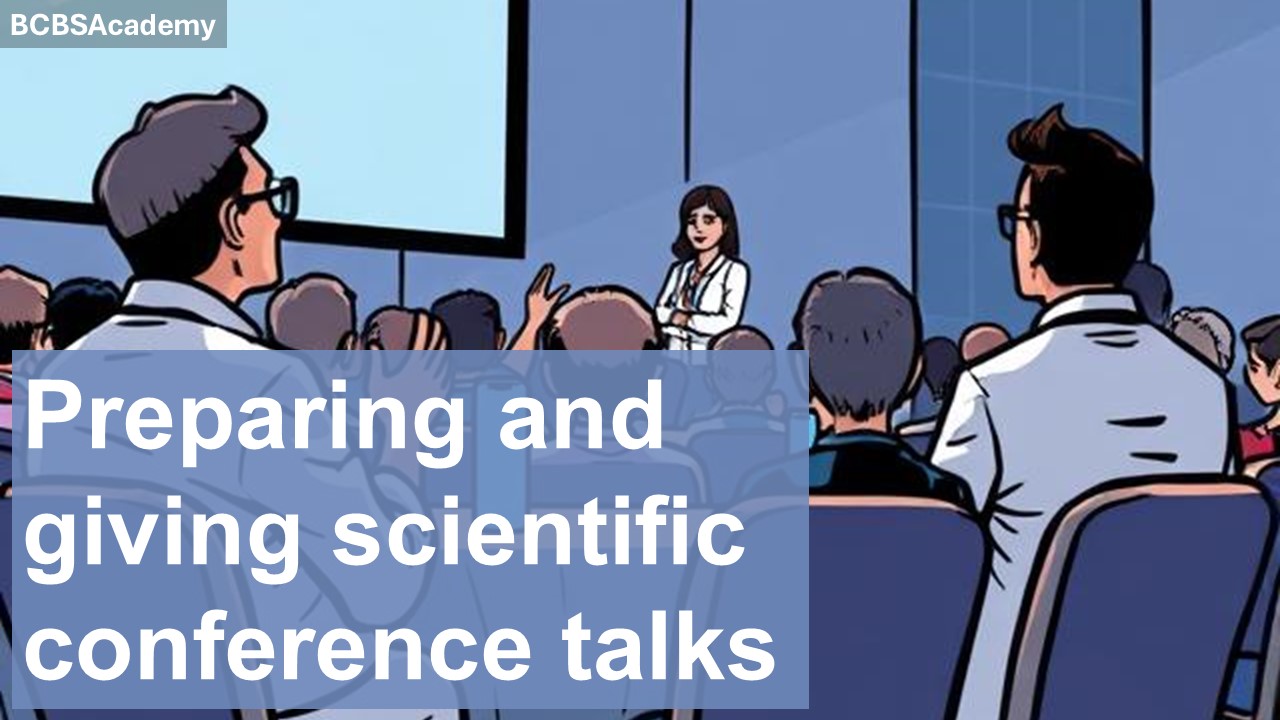
Preparing and giving scientific conference talks
Course cost: $10.35
Course duration: 1 h: 31 min
Course description
If you are a graduate student (MSc or PhD), a postdoc or an early career scientist, you are likely to attend a scientific conference (local or international) at some point and perhaps also deliver a talk on your research work. Delivering an impactful scientific conference talk has many benefits including securing future research grants, developing links and connections for future collaboration and securing a new position. Yet scientists in these categories often struggle with delivering impactful scientific conference talks, thus losing the immense benefits this important academic activity provides. This is because many Universities provide limited guidance on how to prepare and deliver impactful scientific conference talks. Therefore, this course is designed to close this gap.
The course covers the reasons you should take scientific conference talks seriously, strategies for creating and delivery scientific conference talks as well as strategies for answering follow up questions. It also contains an exemplary international scientific conference talk, important questions scientists should address before creating any talk and keywords or phrases to use in delivering the talk. Links to additional information on creating and delivering succint scientific conference talks have also been provided. The course ends with a quiz and a certificate of completion. Therefore, upon completion of the course, the learner will be able to create and deliver impactful scientific conference talks and have an additional certificate for their CVs.
The course is meant for scientists of all backgrounds.
Course access: 21 days
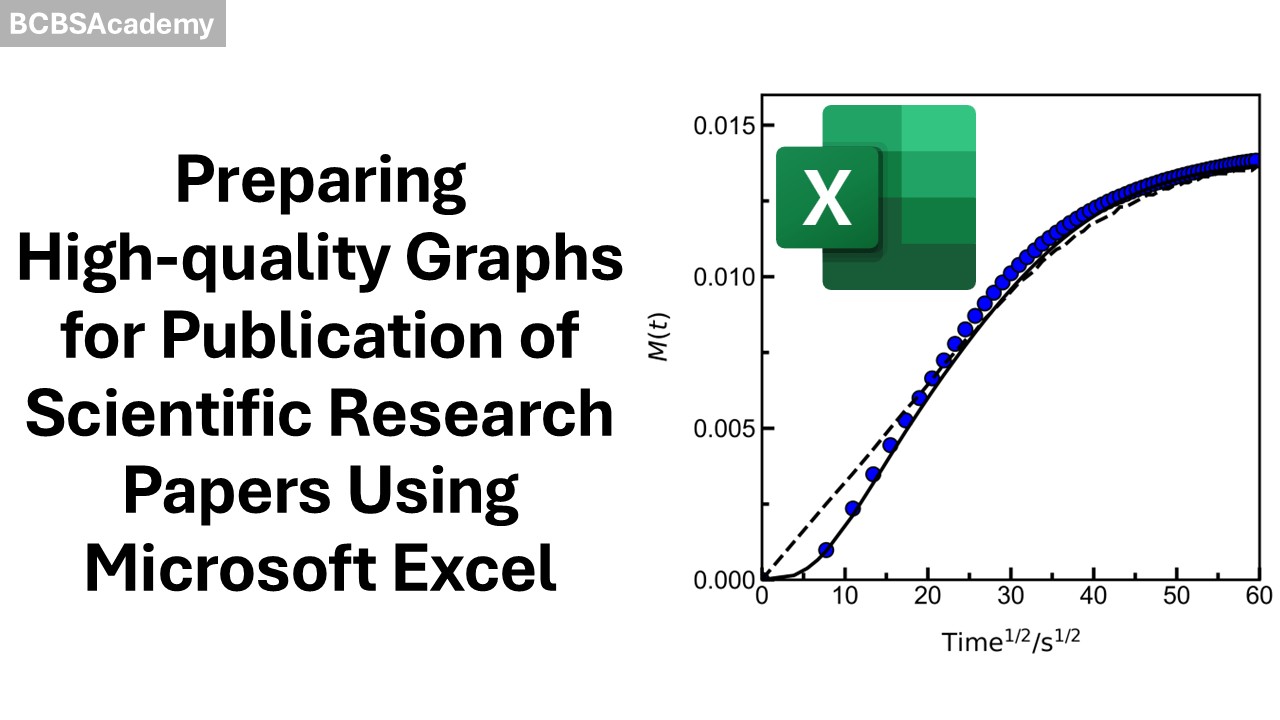
Preparing high-quality graphs for publication of scientific research papers using Microsoft Excel
Course cost: $11.50 (individuals); $499.50 (institutions)
Course duration: 1h: 20 min
Course description
Preparing high-quality graphs is the first critical step
towards preparing a scientific research paper for publication. However, there
is limited training on creating high-quality graphs for this purpose.
Consequently, many researchers publish research papers with low-quality graphs
that are difficult to read and understand, which reduces the impact of the
findings. In some cases, competent reviewers suggest improvement of low-quality
graphs before publication while in other cases, they reject the manuscript.
Both cases delay the publication of the paper and reduce the productivity of
the author(s).
High-quality graphs can be created with a wide range of different software
including MATLAB, SCILAB, Python, Julia, Origin and Microsoft Excel once a
researcher learns the fundamental principles underpinning data visualization in
science. Microsoft Excel is a good place to start learning and practicing these
principles because (i) it is readily available to users with Microsoft Office, (ii)
does not require the knowledge of coding and (iii) can be quickly learnt.
Therefore, this course is designed to enable learners gain practical skills on
creating high-quality graphs in Microsoft Excel for scientific publications,
which can be applied in other software for the same purpose.
The course covers types of graphs and their uses, differences between low- and
high-quality graphs, strategies for creating high-quality graphs in Microsoft
Excel, grouping and saving the graphs for publication. Therefore, after
successful completion of the course, the learner will be able to readily select
the type of graph to use for a given dataset and create high-quality graphs
using Microsoft Excel for scientific publications. Additionally, the learner
will be awarded a certificate, which can add value to their CV.
The course will benefit postgraduate/graduate students, postdocs and
early-career researchers in physical sciences, engineering, biomedical
sciences, and other related fields. For postgraduate/graduate students, the
course will help them prepare high-quality graphs for their dissertations or
thesis.
Course access: 21 days (individuals); 1 year (institutions)
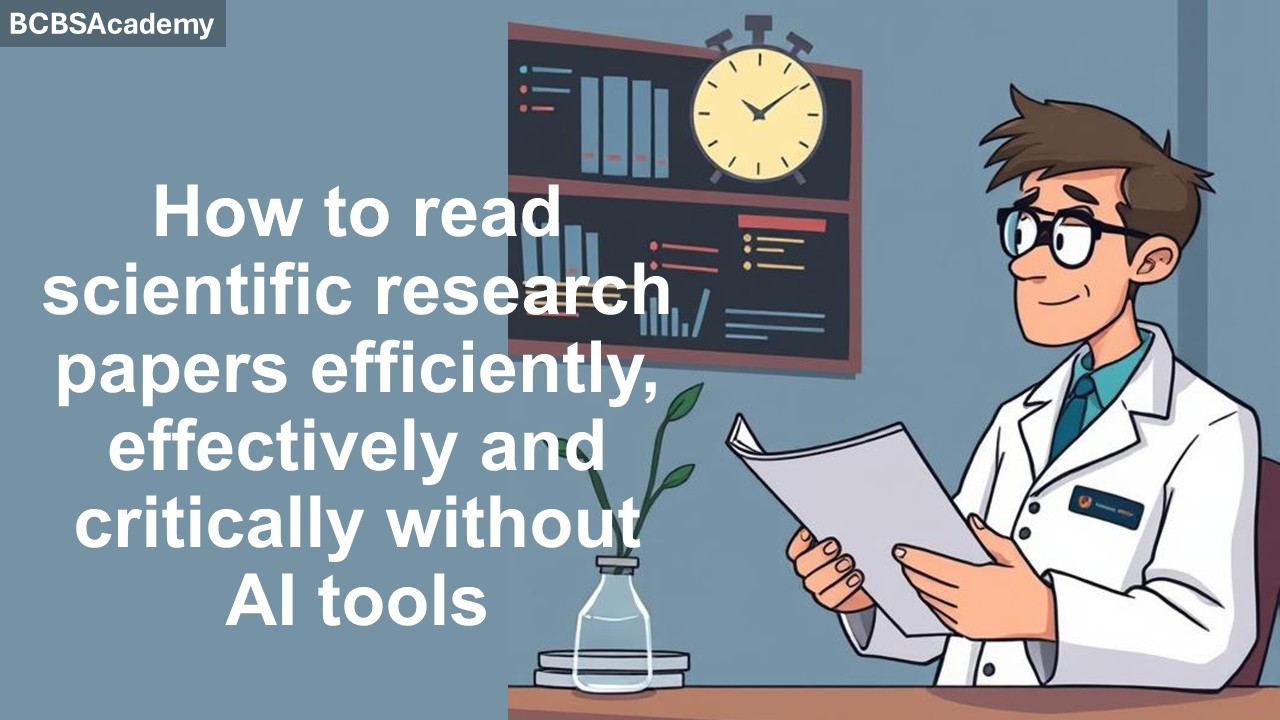
How to read scientific research papers efficiently, effectively and critically without AI tools
Course cost: $30.50 (individuals); $750.50 (institutions)
Course duration: 1h: 39 min
Course description
Reading scientific research papers efficiently, effectively and
critically is an essential skill for every scientist. However, this skill is
rarely taught and consequently over 90% of postgraduate/graduate students and
early career researchers struggle with reading scientific research papers. This
reduces their productivity and quality of work. Consequently, some have
resorted to using generative AI tools that summarize research papers. The bad
news is that these summaries are shallow, meaning that they do not always give a
true message of the paper. The essence of this course is to equip learners with
strategies for reading scientific research papers readily, thoroughly and
critically without the use of generative AI tools. The course begins with
pertinent reasons why relying solely on AI tools to read scientific research
papers is a wrong approach. This is followed by stating the reasons why
scientists read scientific research papers, different parts of a scientific
research paper, how to read scientific research papers efficiently and
effectively, how to read the various parts of scientific research papers and
ends with strategies for critical reading. Therefore, upon completion of the
course, the successful learner will acquire practical strategies for reading
scientific research papers efficiently, effectively and critically. The course
is for postgraduate/graduate students and early career researchers in science
disciplines.
Course access: 21 days (individuals); 1 year (institutions)
Subscribe to join over 200,000 members to enjoy our newsletters
Get updates about new courses, events, and announcements!
